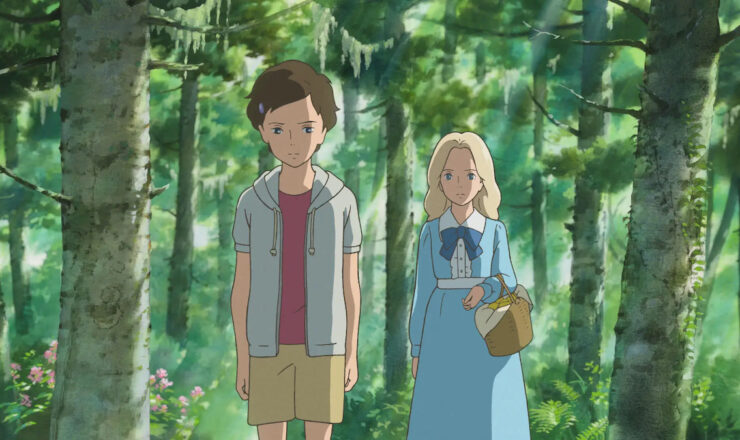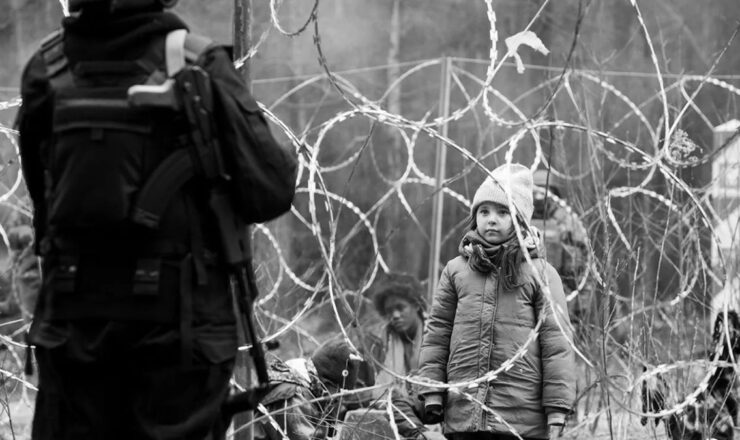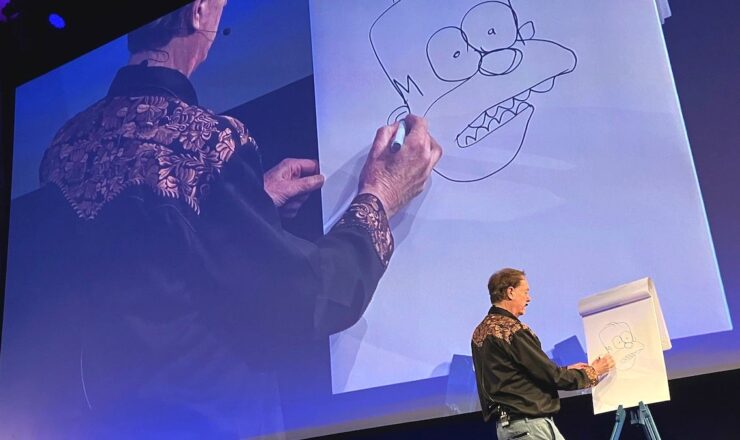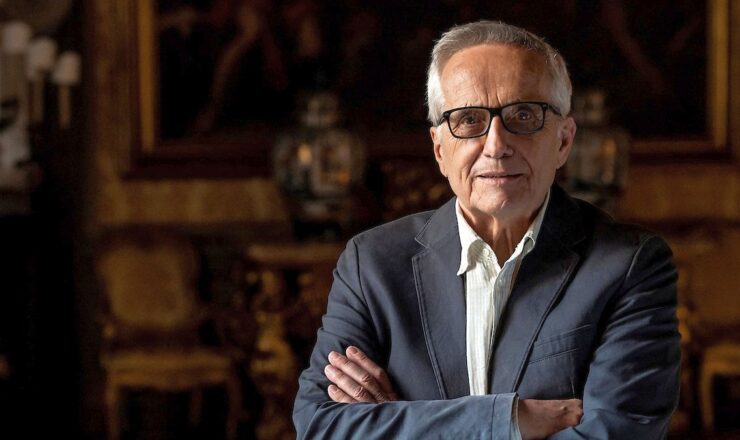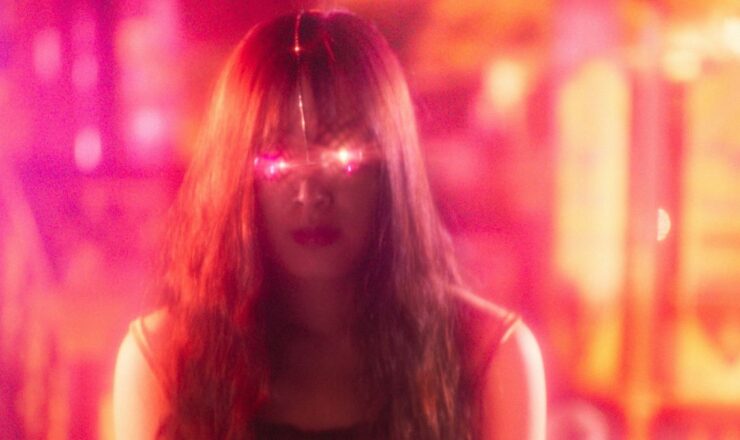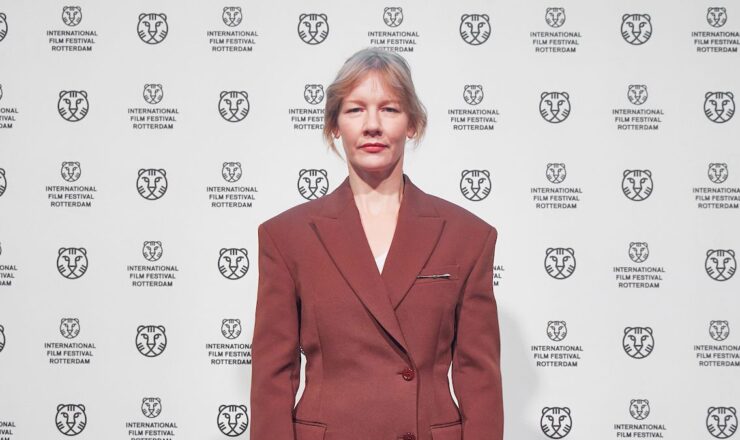IFFR Critics’ Choice: When Marnie Was There
When Ghibli Was There
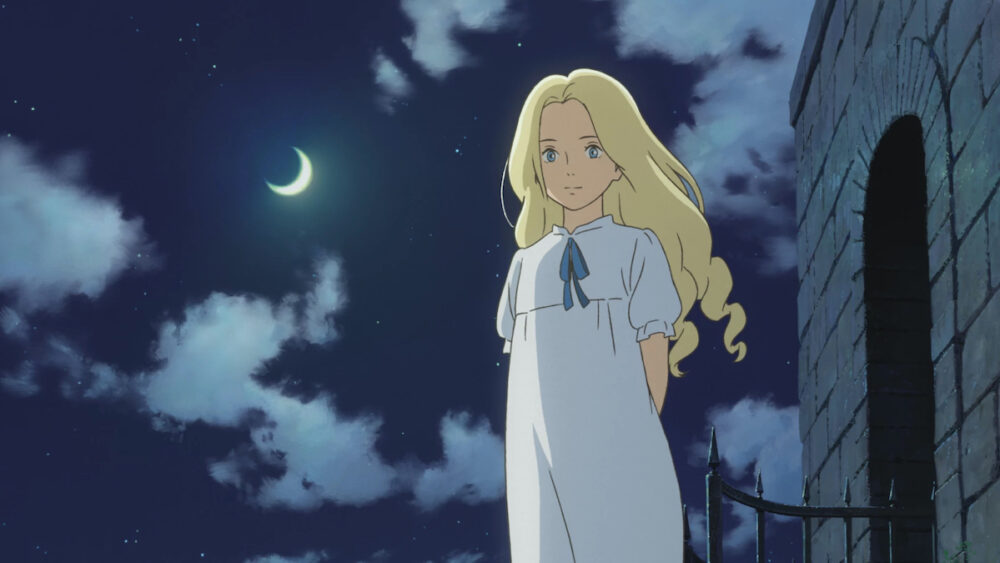
When Marnie Was There
Kees Driessen’s choice as critic for the eponymous IFFR program might be the final release for Japan’s most highly reputed anime studio, Ghibli: When Marnie Was There.
Of course Hiromasa Yonebayashi’s When Marnie Was There isn’t quite of the same calibre as The Wind Rises and The Tale of the Princess Kaguya, the recent swan songs of Hayao Miyazaki (1941) and Isao Takahata (1935), the two grand masters who founded the Ghibli animation studios in 1958, directed its most important films (Miyazaki made My Neighbor Totoro, 1988, and Spirited Away, 2001; Takahata Grave of the Fireflies, 1988) and who now seem to have both ended their careers. But there is much to like about the film by the relatively young Yonebayashi (1973) that can certainly be described as ‘in the spirit of Ghibli’.
When Marnie Was There mostly recalls Miyazaki’s work, with its young heroine, references to a nostalgic, idealized Europe (in the form of an English style mansion, built on the Japanese island Hokkaido), the fine lighting in the painted landscapes, the preference for small villages and secluded houses (as opposed to the sickening effects of big city Sapporo), the extremely tender details (those tomatoes!) and the admission of a certain amount of magic in the everyday.
Part of Ghibli’s tradition is also – an open door that needs to be kicked in – the extremely high quality of the animation: the many background details, the psychologically motivated nuances in the movements of ailing Anna, or the warm domesticity of the house of the two hippie-like family members where she is trying to take a break.
And very Ghibli is the subtle personality of the characters. Our heroine starts off with many, admittedly explainable, but nevertheless obnoxious character traits – she is self-centered, offensive and not exactly empathetic – and although there are people who give her a hard time, there are no real bad guys, and in any case also enough helping hands.
Yonebayashi, who made The Secret World of Arriety (2010) before, has the capacity to continue as the studio’s flag-bearer. However, now that Miyazaki, Takahata and co-founder Toshio Suzuki, the main producer at the studio, have all decided to take a hiatus and consider their future, the end of an era may be at hand. Ghibli could very well be Japan’s best and most successful studio, but in the end it’s not really that big. It’s hard to imagine Ghibli continuing without its three founding fathers. In that case, When Marnie Was There would mean a worthy final chord for a studio that has been responsible for animation at the highest level for thirty years.
5 Things About Ghibli
At the time of writing the audio-visual introduction to my Critics’ Choice is still a work-in-progress. Maybe ‘four or three things about Ghibli’ will turn out to be a more practical choice and deliver a more suitable length. The idea is to sharpen the spectator’s focus on When Marnie Was There with some classic Ghibli-clips, accompanied by short, minimal directions. Because there are many aspects of the marvellous beauty of Ghibli’s animated films that I could try to describe verbally, but will only be fully understood when demonstrated visually.
Take for instance the subtle psychology of the usually young protagonists, which is expressed much more in their behaviour, posture and gestures than in their faces, which – with their characteristic anime-eyes – are more generic, even at Ghibli. Or it involves the role of Nature, which in a Ghibli film acts like a character, intervening in the plot and thus becoming an inextricable part of the story. Showing all that will be a way to, however limitedly, give the stage to Ghibli. Hopefully this refined eye will allow the audience to enjoy When Marnie Was There even more.

Biography
Kees Driessen was asked sometime halfway the 1990’s by someone who knew someone at the International Documentary Film Festival Amsterdam if he wanted to write for the festival daily as a volunteer. Like Driessen, the person who asked him was a psychology student at the University of Amsterdam. ‘You like films, don’t you?’, she asked. (He was a member of a student film club with the fanciful name ‘Psynema’.) ‘You like to write, don’t you?’, she asked. (He was contributing editor of the faculty magazine with the fanciful name Spiegeloog – ‘Pseyechologist’). He couldn’t deny either. And the rest, as they say, is history. After working for many editions of film festivals like IDFA, the Netherlands Film Festival and IFFR, many years as a film writer for music magazine Oor and as contributing and copy editor for film magazine Skrien and copy editing several books, since 2008 (after the burial of Skrien) he now writes mostly for Vrij Nederland and de Filmkrant.

